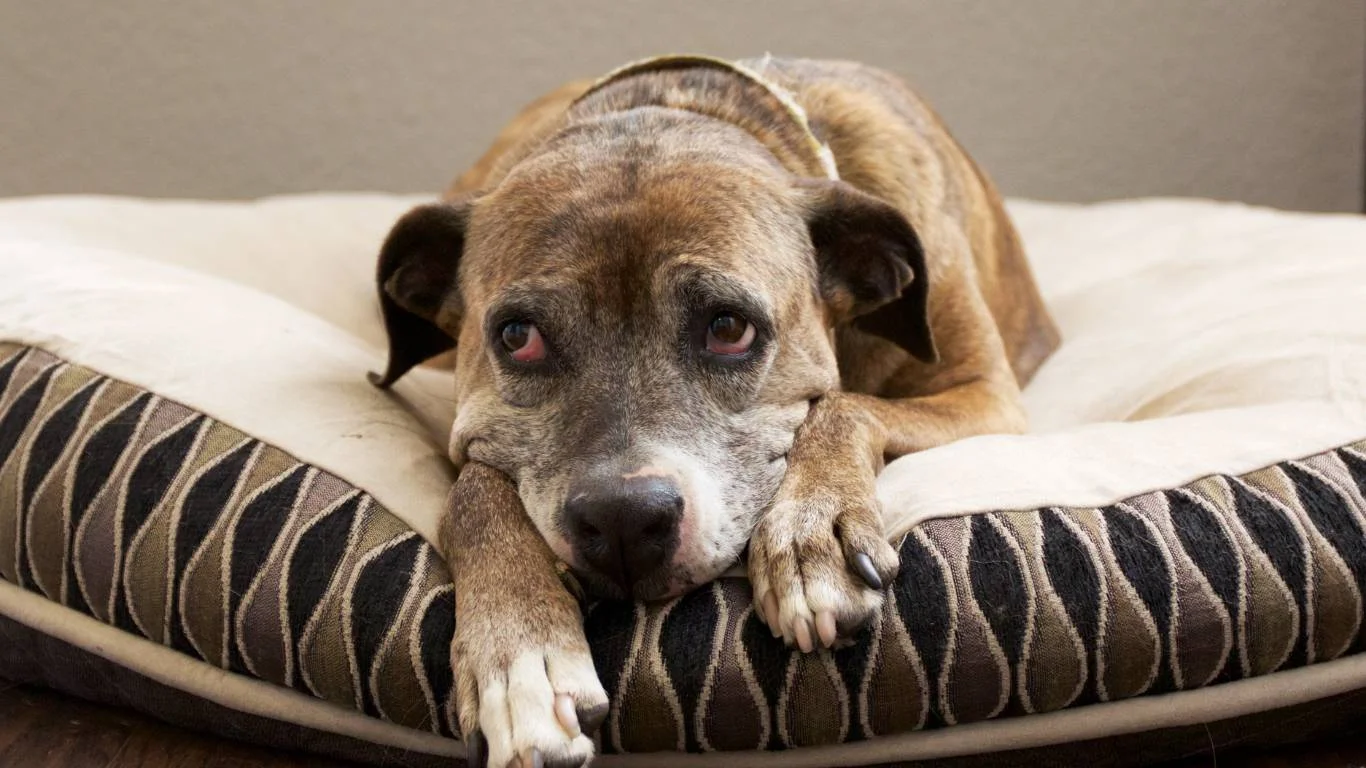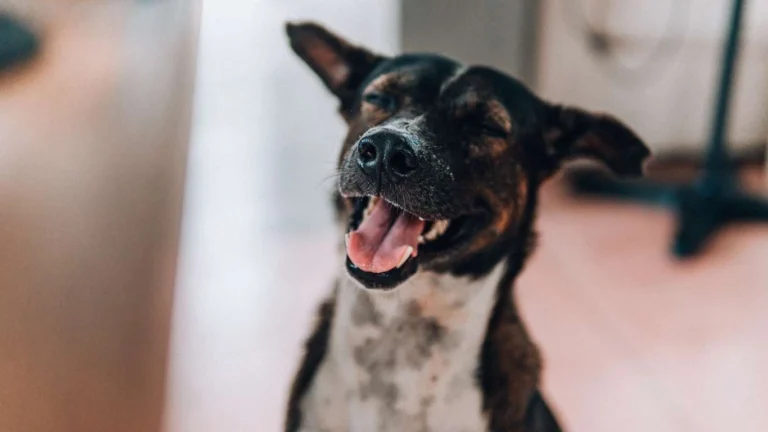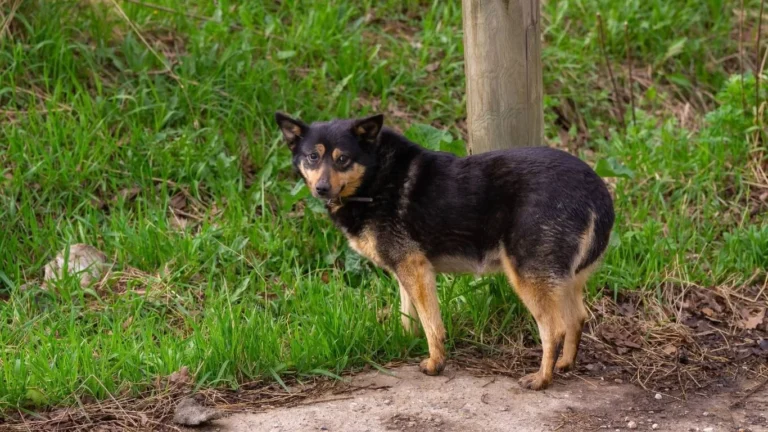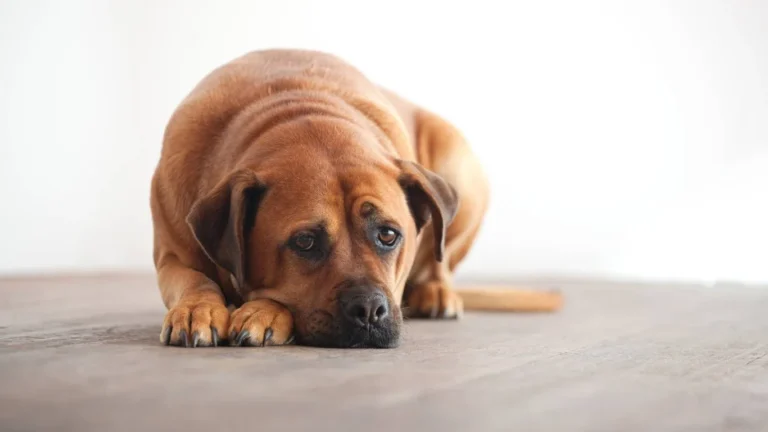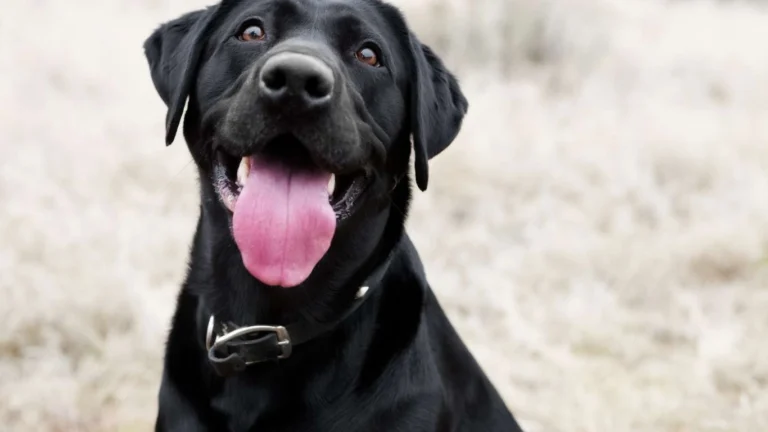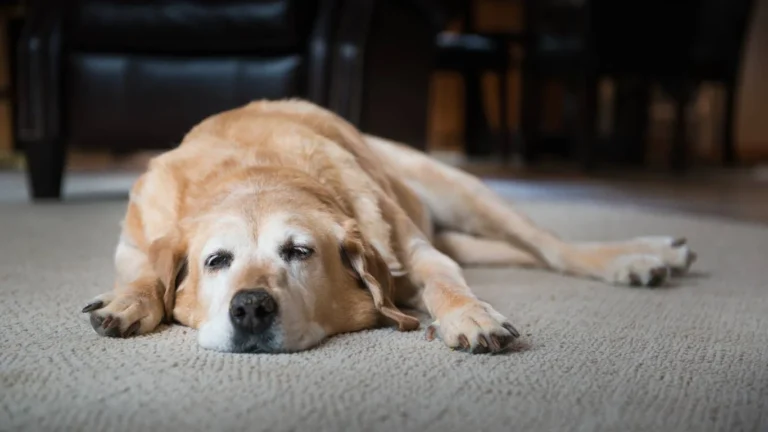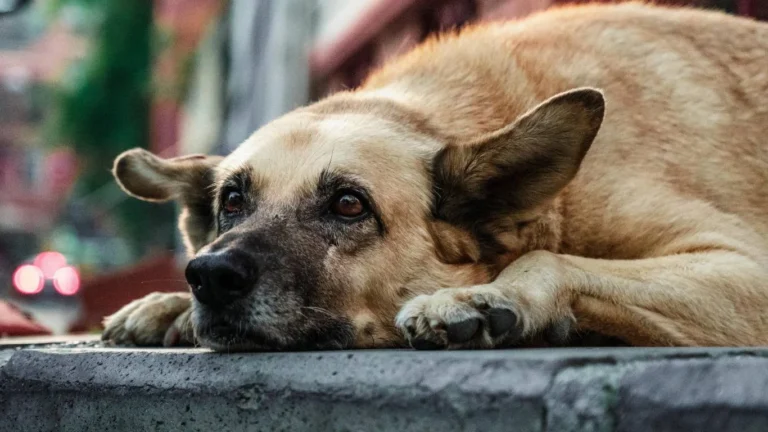7 Best Ways to Prevent Dog Obesity Naturally and Keep Your Pup Fit
Let’s be real—chubby dogs are cute. But as someone who’s spent years working as a Veterinary Assistant with a nutrition focus, I’ve seen firsthand how extra pounds can lead to serious health problems. So today, I’m diving into one of the most common but overlooked issues pet parents face: the best ways to prevent dog obesity naturally. No crash diets. No guilt-tripping. Just practical, loving care for your pup that works in the real world. Because let’s face it, our dogs deserve to live their best, healthiest lives—and so much of that starts with us making better everyday choices for them.
Understanding Dog Obesity: Why It Happens
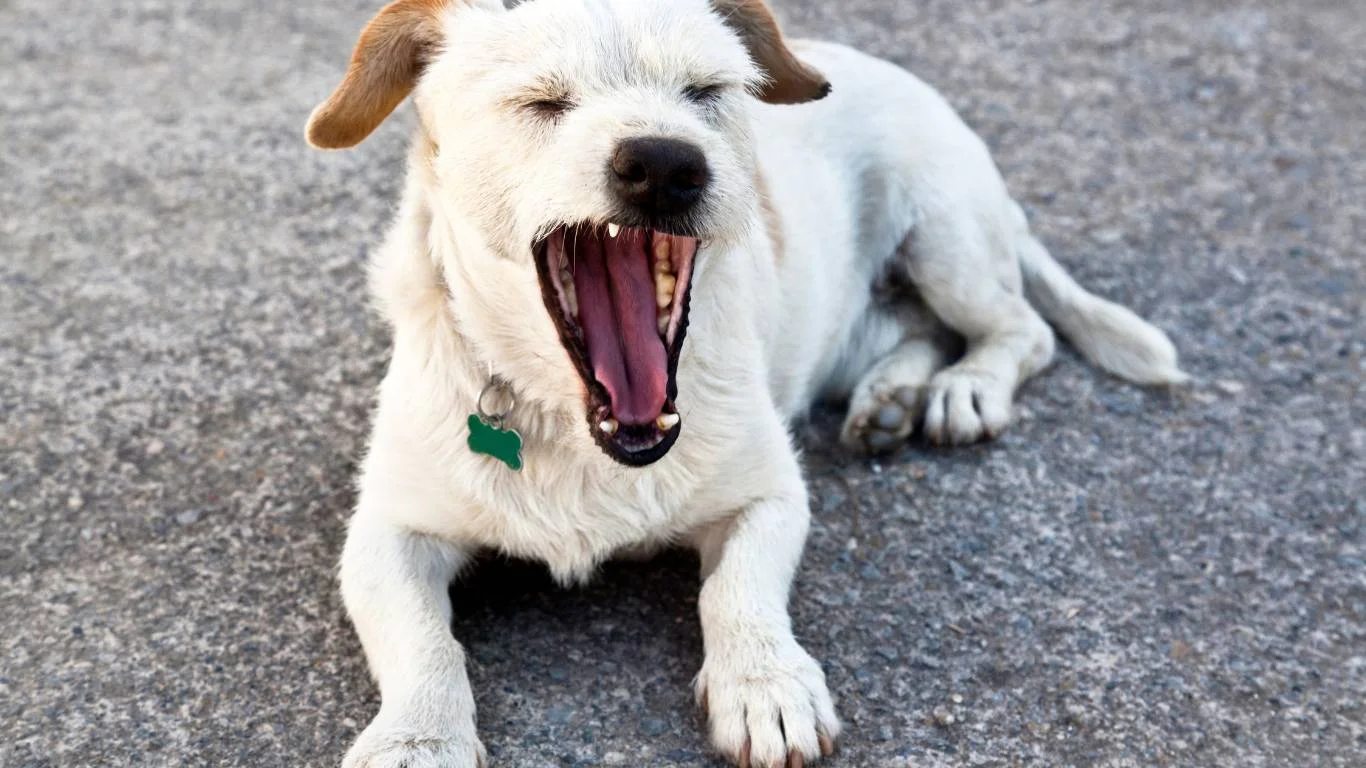
Obesity in dogs is more common than people think. According to recent studies, over 50% of dogs in the U.S. are considered overweight or obese. That number honestly doesn’t surprise me. I’ve met countless well-meaning pet parents who simply didn’t know that tossing an extra treat here or skipping a walk there could snowball into a serious weight issue.
Some dogs are genetically predisposed (hey there, Labradors), while others pack on pounds because of inactivity, overfeeding, or even emotional factors like boredom. Yep—just like us, dogs can eat out of boredom too!
Breed Predispositions
Not all dogs are created equal when it comes to weight. Some breeds have a slower metabolism, while others are straight-up food obsessed. Here are a few breeds I’ve seen struggle the most:
- Labrador Retrievers
- Beagles
- Dachshunds
- Golden Retrievers
- English Bulldogs
If your dog falls into one of those categories, you’ll want to be extra vigilant about their activity and diet.
The Importance of Natural Weight Management for Dogs

Let’s be honest—fad diets and harsh restrictions don’t work for dogs any better than they do for us. Natural prevention is all about consistency, balance, and building healthy habits over time. And the good news? It’s way easier than you think.
In my experience, it’s the little daily choices that really matter. I always tell my clients: prevention is easier (and cheaper!) than treatment. A dog with a healthy weight is less likely to suffer from:
- Joint issues like arthritis
- Heart disease
- Diabetes
- Respiratory issues
- Decreased life expectancy
It’s a long list—and trust me, watching a dog struggle to move or breathe comfortably because of their weight is heartbreaking. Preventing that through natural methods feels like the kindest thing we can do.
Best Ways to Prevent Dog Obesity Naturally
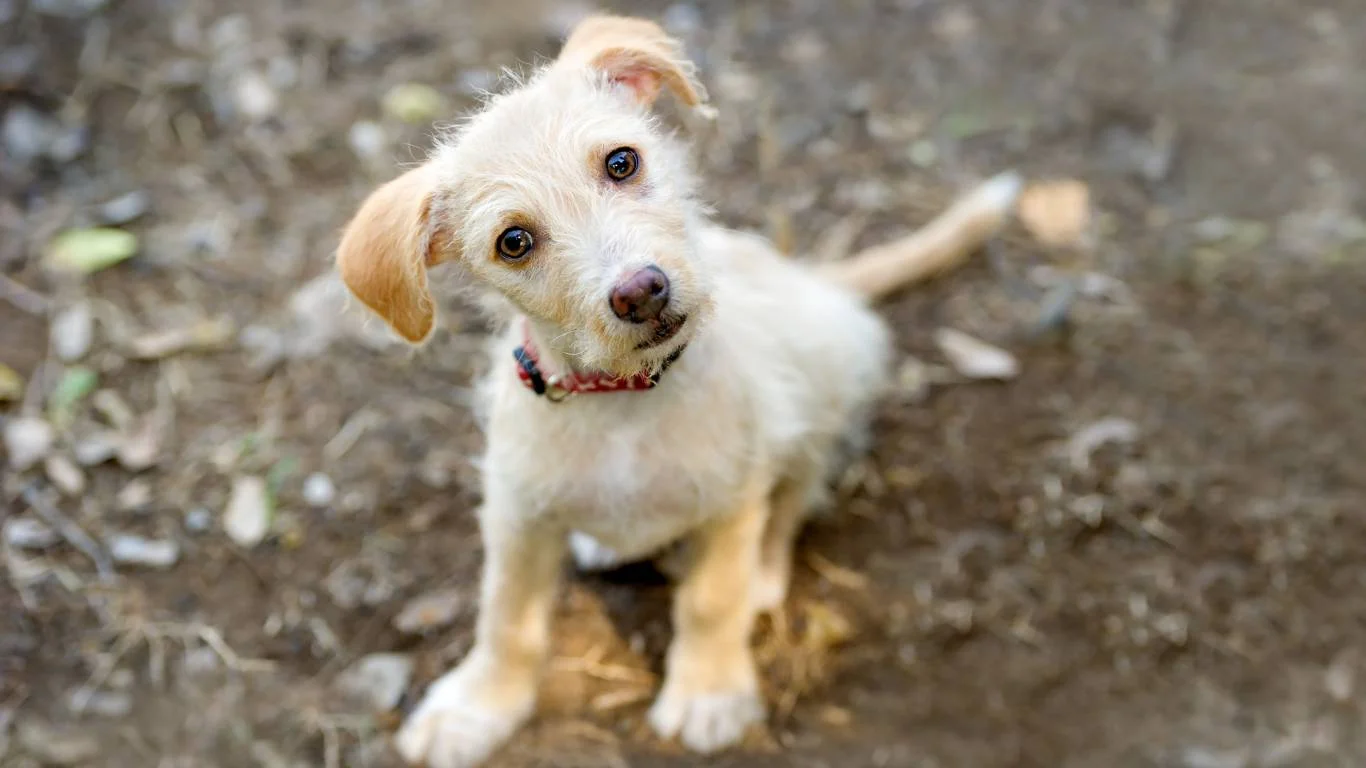
1. Watch Those Portions (Seriously)
One of the easiest traps to fall into is overfeeding. Even I used to be guilty of the “he looks hungry” excuse. But most dogs will eat whatever you give them—doesn’t mean they need it. Use a measuring cup for meals and follow feeding guidelines based on your dog’s ideal weight, not current weight.
Bonus tip: split meals into two servings a day. It helps with digestion and keeps their metabolism active.
2. Prioritize High-Quality Food
Not all kibble is created equal. Look for food that has meat as the first ingredient, no fillers like corn or soy, and is approved by AAFCO standards. I’ve seen huge changes in dogs just by switching to better food—even when portions stayed the same.
3. Treats in Moderation (and Choose Better Ones)
This is a biggie. Treats should only make up about 10% of your dog’s daily calories. Instead of store-bought snacks loaded with carbs and sugar, try natural alternatives like:
- Carrot sticks
- Green beans
- Blueberries
- Small apple slices (no seeds!)
When I started giving clients’ dogs fruits and veggies as treats, many were shocked that their pups actually loved them!
4. Keep Them Moving
Exercise isn’t just about burning calories—it’s about mental stimulation too. Dogs that don’t get enough activity often become bored, which leads to—you guessed it—overeating.
Here’s what I usually recommend based on size:
- Small breeds: 20–30 mins/day of walking or play
- Medium breeds: 45 mins–1 hour/day
- Large breeds: 1 hour or more/day
Mix it up with games like fetch, agility training, or even swimming. My favorite memory? Helping a senior Golden Retriever lose 15 lbs just by adding a daily walk and switching to healthy treats. The joy on his face was unreal.
5. Monitor Weight Regularly
You don’t need a fancy scale at home. Most vet clinics (including the one I worked at) are happy to let you pop in and weigh your pup. Do this monthly if possible. Catching small gains early is a game-changer.
6. Make Meal Time More Engaging
Ever heard of a slow feeder? If not, you’re missing out on one of my favorite tools for preventing overeating. I recommend them all the time, especially for fast eaters. These bowls force your dog to slow down, chew more, and feel full faster—so they don’t go begging for seconds five minutes later.
I’ve even used treat puzzles and snuffle mats with great success. These keep your pup mentally stimulated while they eat, turning mealtime into a mini workout. And hey, a busy dog is less likely to snack out of boredom, right?
7. Don’t Free-Feed (Unless You Absolutely Have To)
Free-feeding might sound convenient, but it can really backfire. Most dogs don’t self-regulate. They’ll graze all day if you let them. Scheduled feedings help control calorie intake and also create structure, which is great for their digestion and your routine.
Of course, I know there are exceptions—some medical cases or multi-pet households where free-feeding is the only workable option. If that’s you, no judgment. Just keep an eye on portions and don’t let that bowl refill itself on autopilot.
Recognizing the Signs of Weight Gain Early
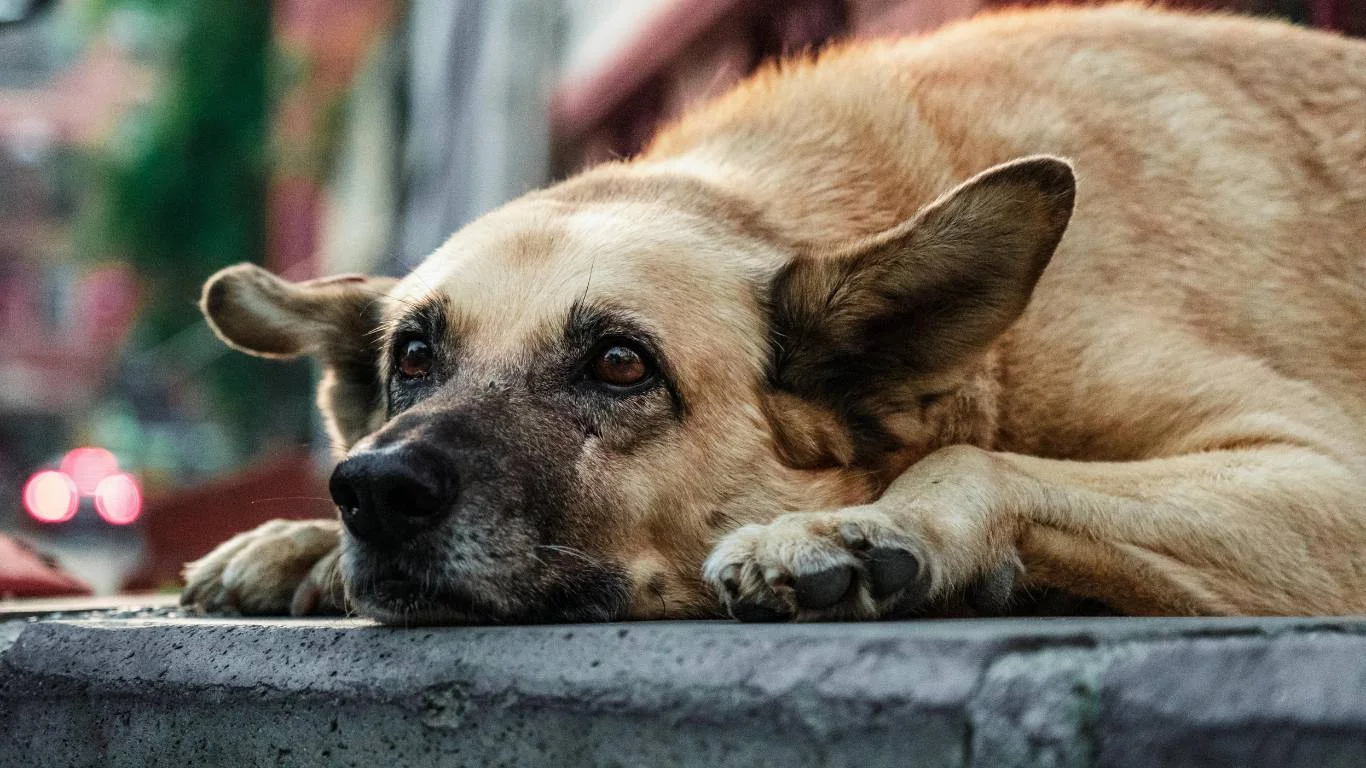
It’s not always easy to tell when your dog’s gaining weight—especially with fluffier breeds. I always tell pet parents to check for what we call the “hand test.” Run your hands along your dog’s sides. You should be able to feel ribs easily, without pressing hard. If you can’t? That’s usually your first sign.
Here are a few other red flags I’ve seen in clinic that are often overlooked:
- Loss of a visible waist when viewed from above
- Waddle or sway in their walk
- Heavy panting after minimal activity
- Needing help getting onto furniture they used to jump on easily
Sometimes the change is so gradual that clients don’t notice until I show them a “before” photo. That comparison is always eye-opening—and it’s a good reminder to take progress pics regularly.
Keeping an Eye on Calories—Without the Stress

Okay, let’s talk calories—but don’t worry, this won’t turn into a math class. The truth is, most dogs only need about 25-30 calories per pound of ideal body weight per day. But that can vary a lot depending on their age, breed, and activity level.
I like using online calculators from trusted veterinary resources to get a baseline, then adjust from there. Your vet or vet tech (hey, like me!) can help tailor it to your dog’s needs.
Simple Tracking Tips
- Use a feeding journal: Write down what, when, and how much your dog eats.
- Count in treats: Even that one biscuit at bedtime adds up.
- Weigh food instead of scooping: It’s more accurate than using a cup.
Honestly, it only takes a few minutes a day. And once you build the habit, it becomes second nature.
Managing Multiple Dogs? Here’s What Works
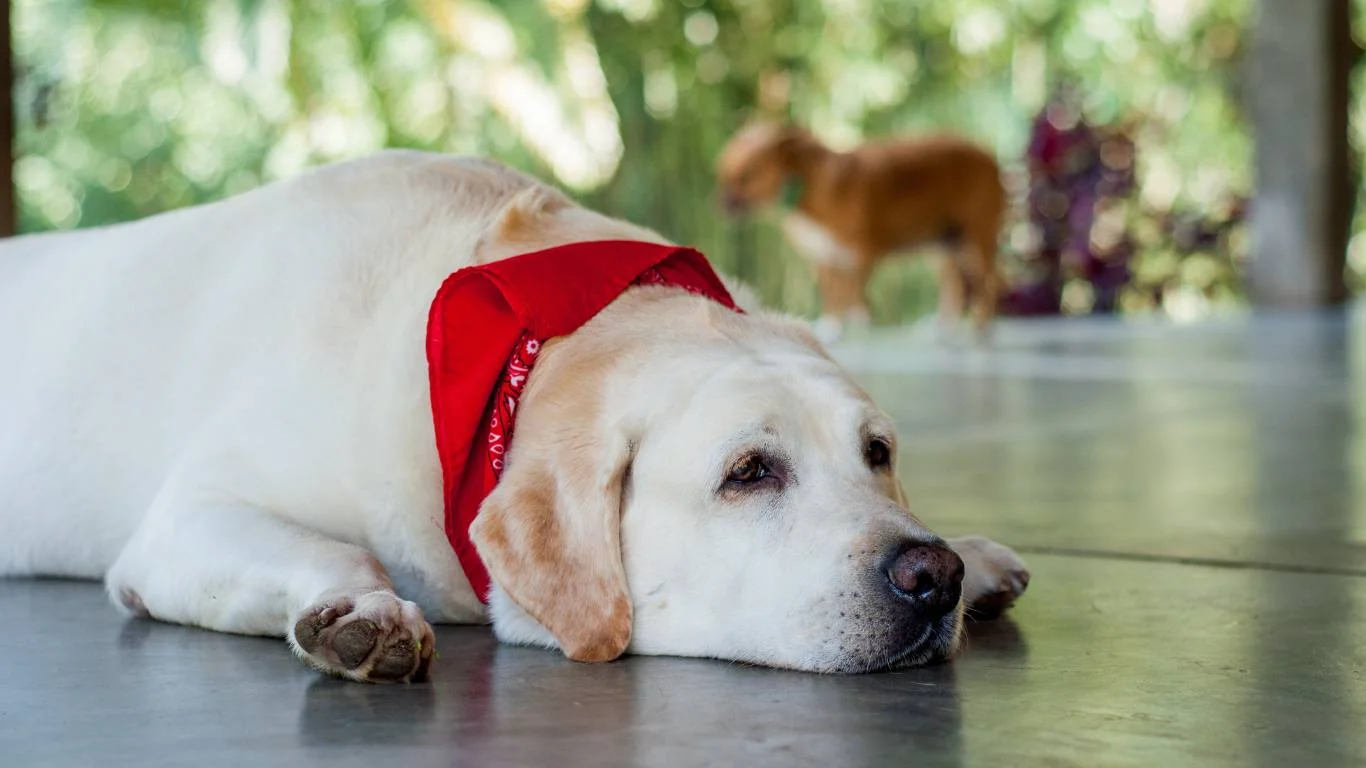
Got more than one dog in the house? I feel you. I used to foster dogs and trust me—feeding time got chaotic. The biggest challenge? Making sure the chow hound didn’t steal food from the slower eater.
Here are a few things that helped:
- Feed separately: Different rooms or crates can make a huge difference.
- Use color-coded bowls: It sounds simple, but it helps with portion control and feeding the right diet to the right dog.
- Monitor the pace: If one dog is a speed demon, give them a slow feeder while the other eats from a regular bowl.
And don’t forget—just because one dog is overweight doesn’t mean the other is. You might have to feed different portions or even different foods to meet their individual needs.
When to Get Professional Help
There’s no shame in asking for help. If you’ve tried the natural approaches and your dog is still gaining weight (or not losing), it’s time for a check-in. I always advise clients to consult with their vet if:
- Weight gain happens suddenly or dramatically
- They’ve plateaued after months of consistent changes
- Other symptoms like lethargy, excessive thirst, or hair loss are present
Sometimes it’s not about food or exercise. Hormonal issues like hypothyroidism or Cushing’s disease can cause unexplained weight gain. In those cases, a medical diagnosis and treatment plan are key.
One of the most rewarding parts of my job was helping identify these issues early. I’ll never forget this sweet little Shih Tzu who just kept gaining weight no matter how strictly the owner followed the plan. Turns out, she had thyroid problems. With treatment, she lost the extra weight and acted like a puppy again. It was pure joy seeing her bounce back.
How You Can Set Your Dog Up for Long-Term Success
Preventing obesity isn’t a one-time fix—it’s a long-term mindset. And the best part? You don’t need to overhaul your entire life. It’s about creating sustainable routines and making better choices day by day.
Think about it like this: Your dog relies on you to be their advocate. They can’t read nutrition labels or plan a walk schedule. But they sure can show gratitude with a happy tail wag and longer, healthier life. And honestly? That’s worth everything.
Daily Habits That Make a Big Difference
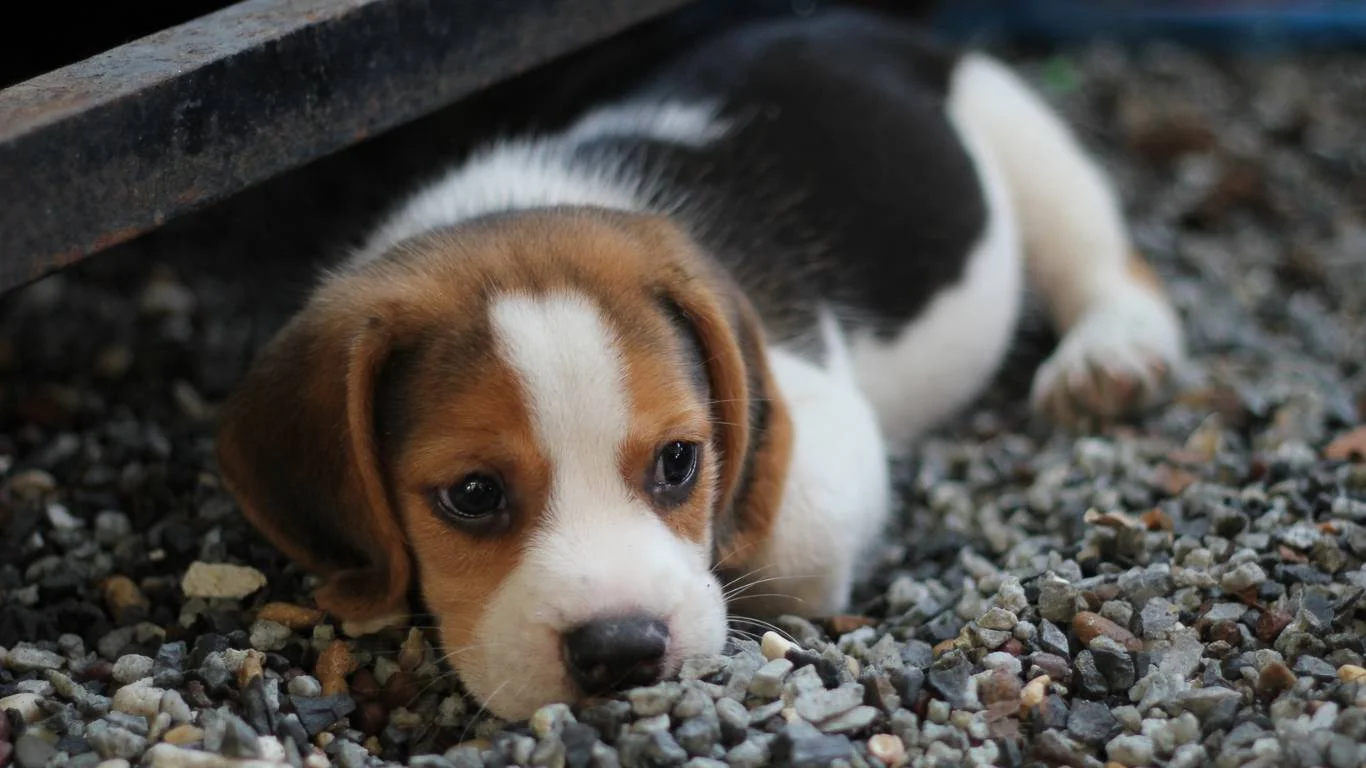
By now, we’ve covered a lot—but here’s where it really clicks: the daily stuff. Tiny changes, done consistently, truly make the biggest difference in preventing dog obesity naturally. And the cool part? These are all things anyone can start doing today, no fancy equipment or special skills required.
When I worked as a Vet Assistant, I always told clients not to overwhelm themselves with perfection. Instead, focus on small wins, like:
- Using a scoop instead of eyeballing food portions
- Adding an extra 10-minute walk in the evening
- Swapping out store-bought treats for a few crunchy carrot slices
- Involving the whole family in playtime routines
One family I worked with started a “Fit Dog Friday” walk every week after dinner. Their pup lost 8 lbs over a few months, and they had fun doing it together. That’s the kind of lifestyle shift that sticks.
Using Technology to Stay on Track

Yep, even dogs have fitness trackers now. And honestly, they’re pretty cool! If you’re into gadgets, smart collars can help you monitor your dog’s daily activity, sleep patterns, and sometimes even their calorie output.
They’re not essential, but I’ve seen them work wonders—especially for clients who love data. A few of the more popular options even sync with your phone and alert you when your dog hasn’t hit their daily step count.
If you’re more old-school (like me sometimes), keeping a notebook or using a basic app to log food and walks can be just as effective. The goal isn’t perfection—it’s awareness.
Creating an Environment that Supports a Healthy Dog
Your home setup plays a bigger role than you might think. Creating an environment that supports a naturally healthy lifestyle is one of the easiest things to overlook, but it’s hugely effective.
Here’s what I recommend:
- Designate a feeding zone: A calm, consistent spot can help prevent anxious or rushed eating.
- Store treats out of sight: Keeps you (and your pup) from reaching for them too often.
- Keep leashes & toys accessible: Makes it more likely you’ll say “yes” to a quick walk or game of tug.
- Get the whole family on board: Everyone should know what the dog can/can’t eat and when they should be fed or exercised.
One home I visited even created a “doggy pantry” with a chalkboard for tracking meals and walks. It made a huge difference—and the kids loved being involved.
Sticking to It During Holidays and Life Changes
Let’s be real—life gets messy. Holidays happen. Work gets hectic. Travel throws off routines. The important thing is to have a plan to stick as close to your dog’s healthy routine as possible even when things get crazy.
Some helpful tips:
- Pre-portion meals before leaving town: This helps pet sitters stay on track.
- Stick to safe, healthy people-food treats: Turkey? Sure. Gravy-soaked stuffing? Not so much.
- Keep activity going even indoors: Puzzle toys, hide-and-seek, and stair games are all great options.
I once had a client whose dog gained 5 lbs over the winter because their usual long walks got replaced with short potty breaks. After a quick brainstorm, we added indoor play routines and adjusted portions. By spring, her pup was right back on track—and she was so relieved.
Preventing Dog Obesity Naturally Is a Lifelong Gift
In all my years working with dogs, nothing felt better than seeing an overweight pup turn into a fit, energized, playful companion again. It didn’t happen overnight, but it always started with one thing: commitment. Not to perfection—but to showing up every day and making better choices.
So, whether you’re just starting your journey or already making progress, give yourself credit. You’re doing something powerful—not just for your dog’s body, but their overall well-being, energy, mood, and lifespan. And honestly? That’s the best kind of love we can give.
References
Disclaimer
This article is for informational purposes only and is not a substitute for professional veterinary advice, diagnosis, or treatment. Always consult your veterinarian or a qualified animal health professional before making any changes to your dog’s diet, exercise routine, or health care plan. Every dog is unique, and what works for one may not work for another.
